By using our website, you agree to the use of cookies as described in our Cookie Policy
a
Rss Feed
How to Winterize Your Home’s Heating System for Optimal Performance
As the crisp autumn air hints at the approaching chill of winter, it becomes paramount to ensure your home's heating system is ready for the onslaught of cold weather.
Neglecting winterization can lead to a host of problems, from skyrocketing energy bills and uncomfortable living spaces to complete system breakdowns when warmth is needed most.
Taking proactive steps to winterize your heating system not only guarantees optimal performance throughout the winter months but also extends the life of your valuable equipment.
Whether you're preparing for heat pump installation or simply maintaining your existing system, consider this your go-to guide. It provides clear, step-by-step instructions for preparing your furnace, heat pump, or HVAC system for winter weather challenges.
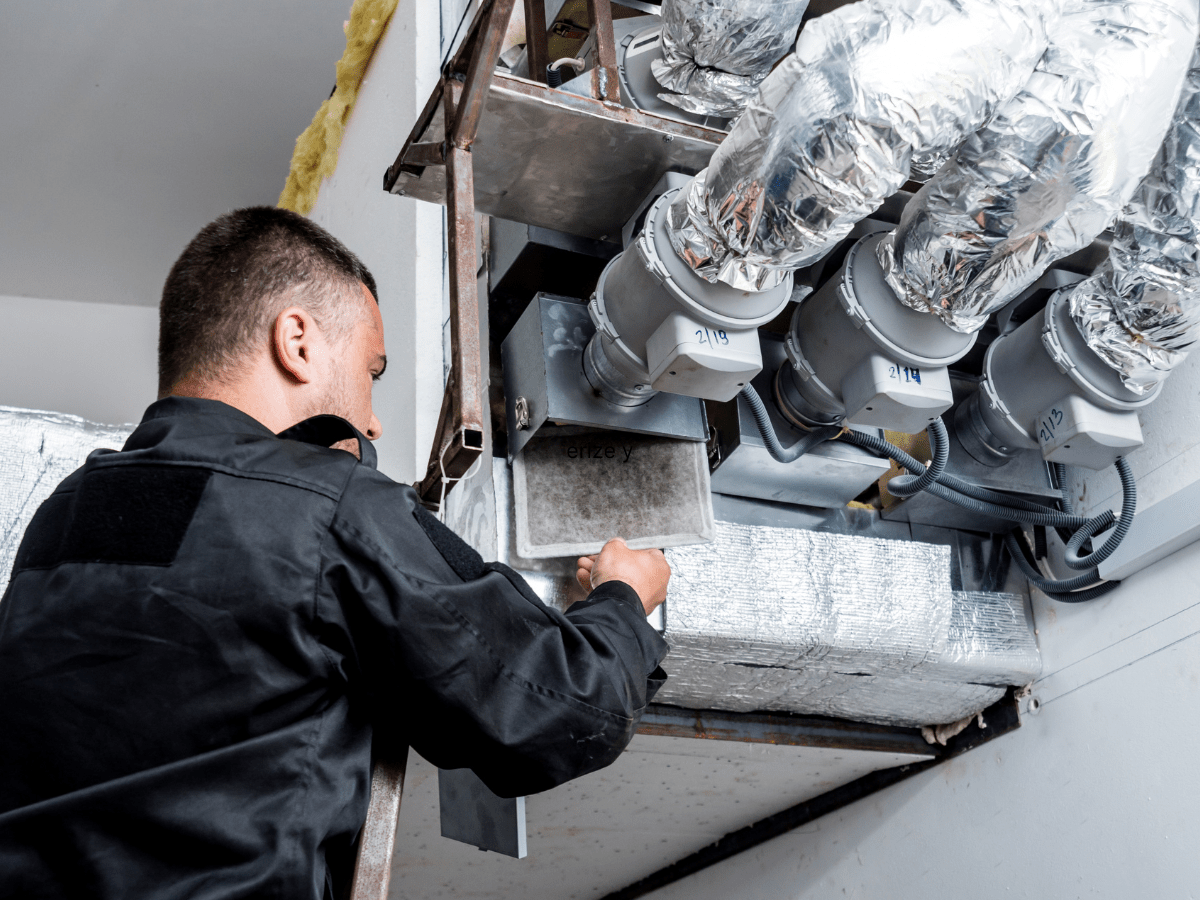
The Winterization Checklist
Step 1: Turn Off the Power
Before beginning any maintenance, turn off the power to your heating system for safety. Whether you’re working with a furnace, boiler, or heat pump, ensuring the system is completely shut down prevents any accidental injury. You can usually locate the power switch near the unit itself, or you may need to turn it off at the breaker.
Step 2: Inspect and Clean the Furnace or HVAC System
Initiate by visually examining your furnace or HVAC system, searching for indications of wear, rust, or damage that could affect its efficiency. Focus on any dust or debris buildup around the unit, as this can hinder airflow and strain the system. Clear away any visible debris outside your home that could obstruct the vent or intake.
For those comfortable with light DIY maintenance, carefully remove the access panel and inspect the interior for dirt or dust. However, if you notice significant damage or wear, it’s best to contact your local technician for further inspection and repairs.
Step 3: Replace or Clean Air Filters
Clean air filters are crucial for optimal airflow and efficient system performance. Blocked filters restrict airflow, leading to increased strain on your HVAC system and speeding up deterioration. Frequently changing or cleaning filters can improve indoor air quality and increase the longevity of your system.
Most systems require filter changes every 1-3 months, but it’s best to follow the manufacturer’s recommendations. To optimize performance, ensure you're using the correct type of filter for your system.
Step 4: Check and Clean the Vents and Registers
Over time, dust and debris can gather in your home's vents and registers, restricting airflow and decreasing heating efficiency. To avoid this, clean the grates with a vacuum and wipe off the buildup with a damp cloth.
Inspect your vents to ensure they are not obstructed by furniture or other items. This will guarantee the proper circulation of warm air throughout the entire house.
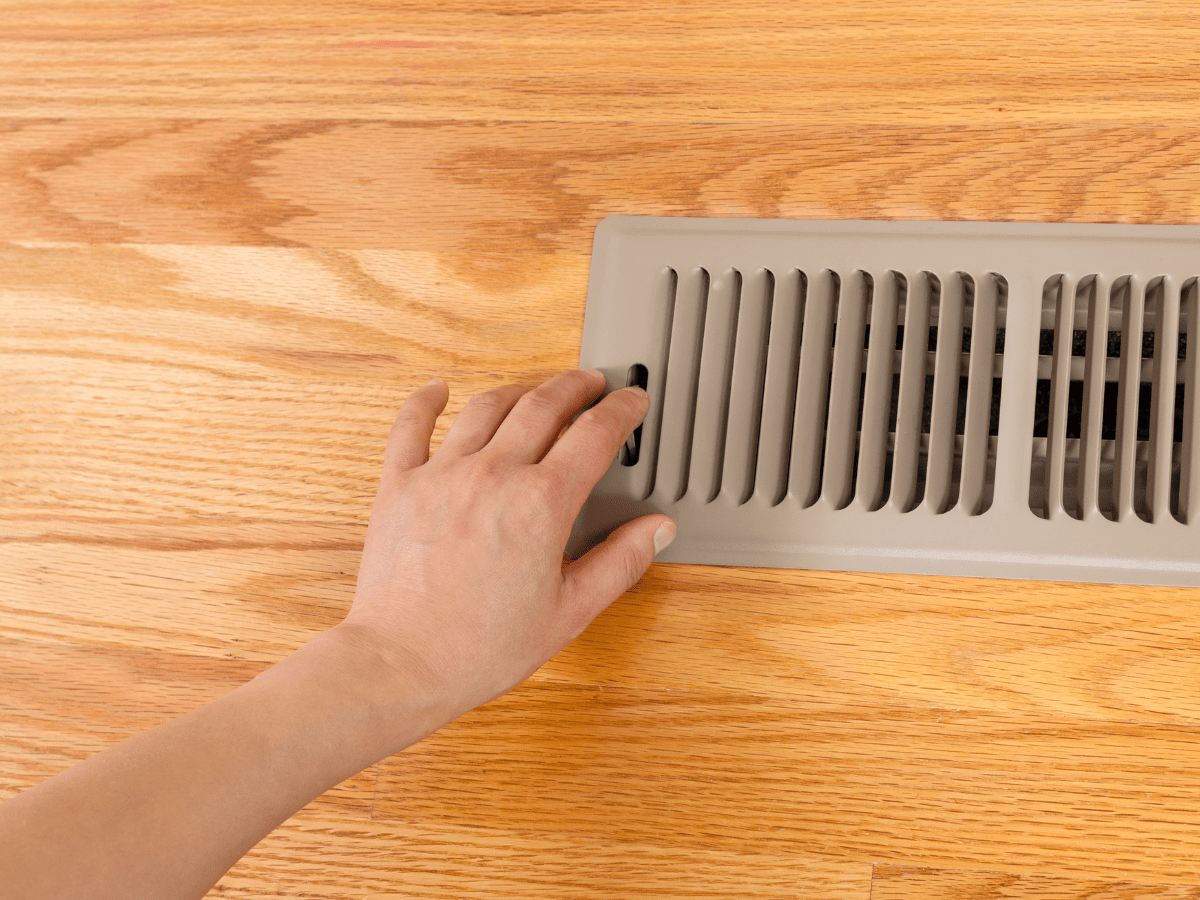
Step 5: Inspect and Test the Thermostat
Your thermostat is the control center for your home’s heating system. To ensure it’s functioning properly, check that the settings accurately reflect the indoor temperature. If your thermostat isn’t working correctly, it can lead to inefficient heating and higher energy costs.
To improve effectiveness, consider switching to a programmable thermostat that enables you to change the temperature according to your routine, conserving energy when you're not home.
Step 6: Bleed the Radiators (If Applicable)
For homes using radiator heating, bleeding the radiators is essential to eliminate trapped air that could reduce efficiency. This simple process ensures even distribution of heat throughout your home.
Use a radiator key to open the valve slightly, allowing air to escape until water starts to drip. This step helps your system produce warm air consistently during the cold months.
Step 7: Inspect and Insulate Ductwork (If Accessible)
Ductwork is essential for dispersing heat from your furnace or boiler to various rooms within your house. Examine your ductwork for any openings, holes, or indications of insulation damage, as they can lead to loss of heat.
Sealing and insulating ducts as needed can improve system efficiency and reduce energy waste.
If you are unsure how to insulate or seal ducts, consider hiring a professional HVAC technician.
Step 8: Check and Clean the Chimney and Fireplace (If Applicable)
If you have a fireplace, ensure it is clear of creosote buildup or other blockages that could become a fire hazard. It’s also crucial to inspect your chimney vent and flue for obstructions.
If you haven’t had your chimney cleaned in over a year, it’s best to schedule a professional chimney cleaning to reduce risk and improve heating efficiency.
Step 9: Consider a Professional Tune-up
While homeowners can perform some maintenance tasks, a professional HVAC tune-up is essential for catching issues that might not be visible to the untrained eye. Qualified technicians can check for carbon monoxide leaks, inspect the electrical system, and assess the overall health of your heating system.
A professional HVAC inspection can ensure that your heating system is ready for the season and operating safely and efficiently.
Winterization Tips Beyond the Basics
Going the extra mile with these winterization tips will not only ensure your comfort during the cold season. Still, it can also help you optimize your energy usage and potentially save on heating bills this winter.
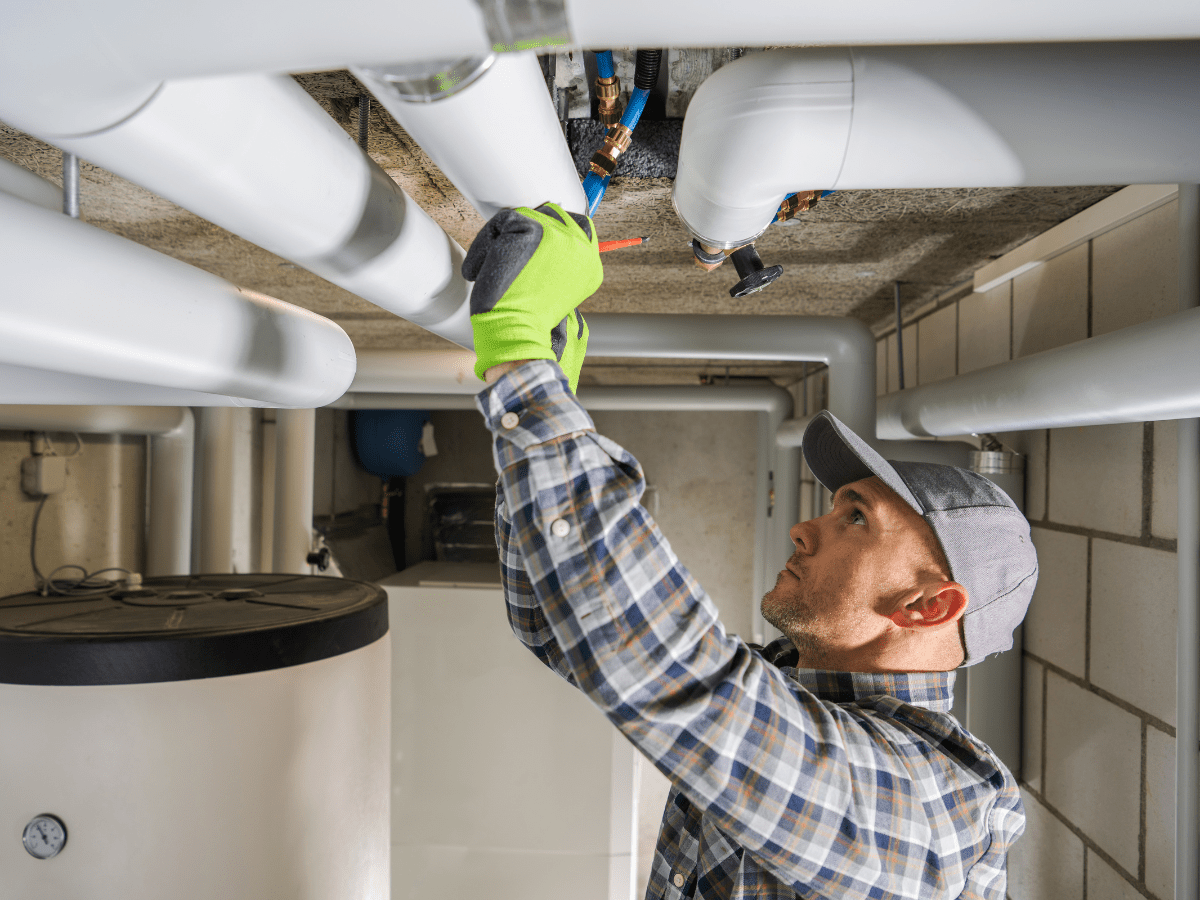
Insulation
Think of insulation as a cozy blanket for your home. It plays a critical role in preventing heat loss and keeping your living spaces warm. Before winter hits, check your attic, walls, and crawl spaces for signs of inadequate insulation.
You may notice drafts, cold spots, or even ice dams forming on your roof. Adding insulation or upgrading existing insulation can significantly improve your home’s energy efficiency and comfort.
Weatherstripping and Caulking
Even tiny gaps and cracks around windows and doors can let in cold air and allow warm air to escape. Sealing these air leaks with weatherstripping and caulk is a cost-effective way to enhance your home's energy efficiency and prevent drafts.
Check for gaps around windows, doors, and where pipes and wires enter your home. Apply weatherstripping and caulk to create a tight seal and keep the cold air out.
Programmable Thermostat
A programmable thermostat enables you to change your home's temperature automatically according to your routine, ensuring you're not warming up an unoccupied house. You can also decrease your energy usage by setting your thermostat to lower temperatures when you are not at home or asleep.
Per the U.S. Department of Energy, adjusting your thermostat down by 7°-10°F for 8 hours daily can save you about 10% on heating and cooling costs each year.
Reverse Ceiling Fans
Did you know you can use your ceiling fans to circulate warm air during the winter? During the winter season, adjust your ceiling fans to turn clockwise and keep them at a low speed. This will improve the distribution of heat by pushing warm air down from the ceiling, creating a cozier atmosphere in your home.
Emergency Preparedness
While we hope for a smooth and uneventful winter, it's always wise to be prepared for the unexpected. Assemble a winter emergency kit with essentials like blankets, flashlights, batteries, a first-aid kit, and non-perishable food items. If there is a power outage or heating system failure, you will be prepared to remain safe and comfortable until the issue is fixed.
Taking these extra steps can help you prepare your HVAC system and your entire home for the challenges of winter, ensuring a warm, cozy, and energy-efficient season.
Final Thoughts on Winterizing Your HVAC System
Preparing your HVAC system for winter is crucial to guarantee comfort, efficiency, and peace of mind as the colder months approach. By following the provided checklist and maintenance tips, you can guarantee that your heating system is ready for the winter season.
By taking the right steps to prepare, you can save on energy bills while safeguarding your home against frozen pipes and water damage.
Remember to schedule a professional furnace inspection to optimize performance and extend the life of your system. With proper preparation, you can enjoy a warm and cozy winter free from the worries of unexpected breakdowns.
So, gear up, embrace the winter season, and make this a cozy and comfortable time at home! If you have questions or need assistance, give us a call—your comfort is our priority.
‹ Back

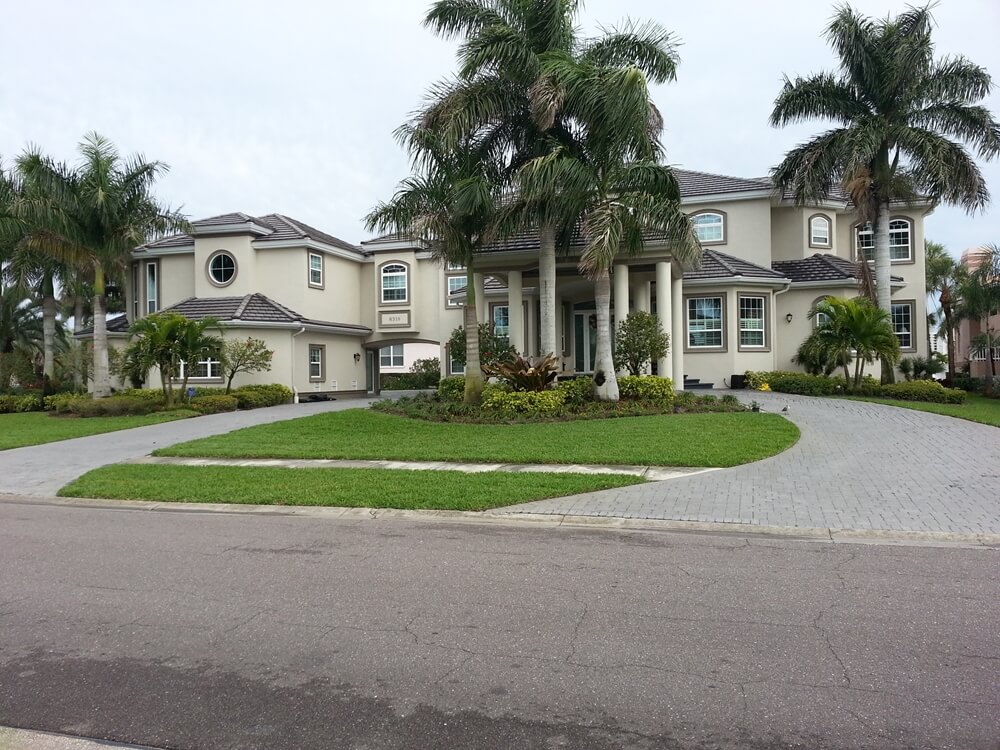
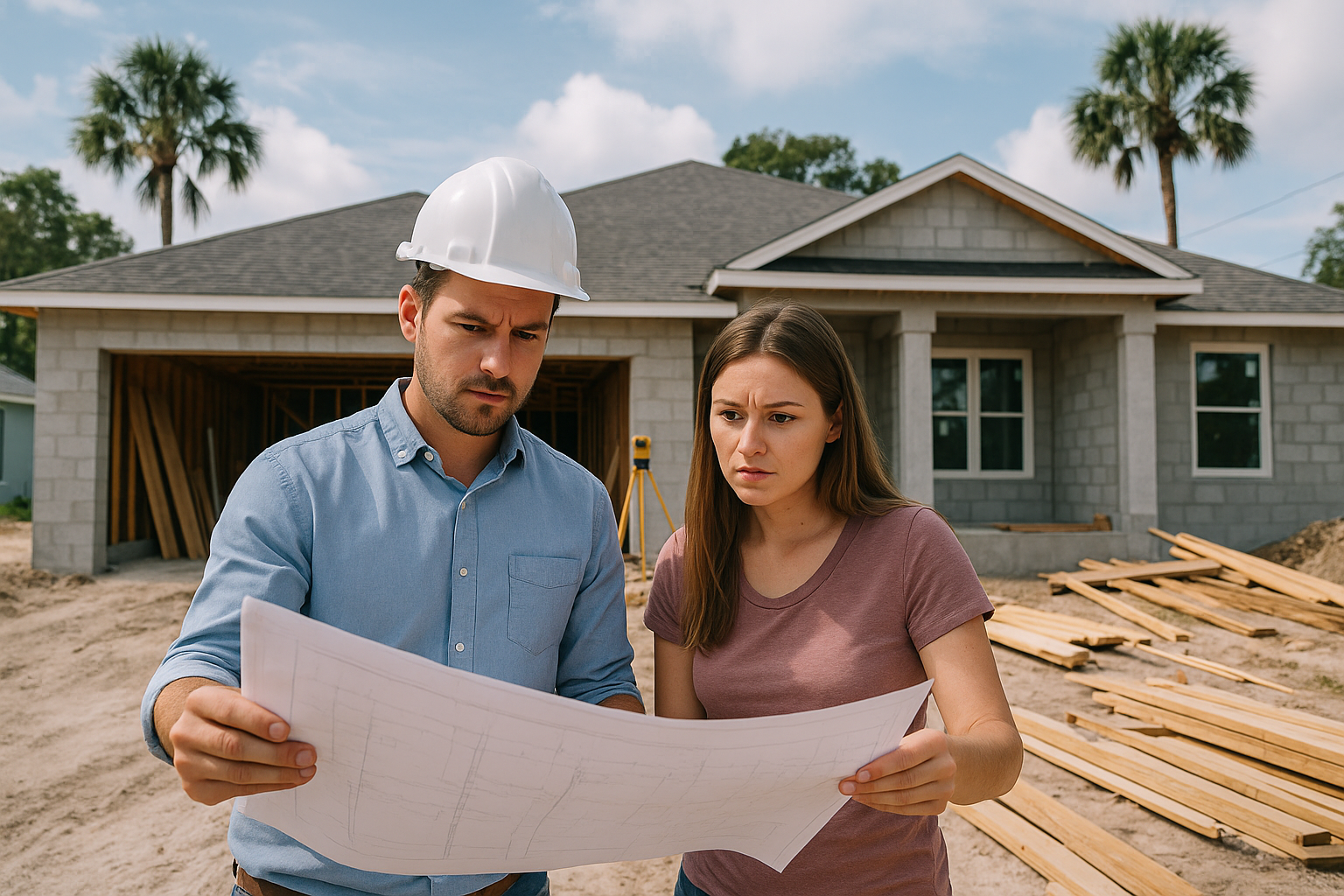
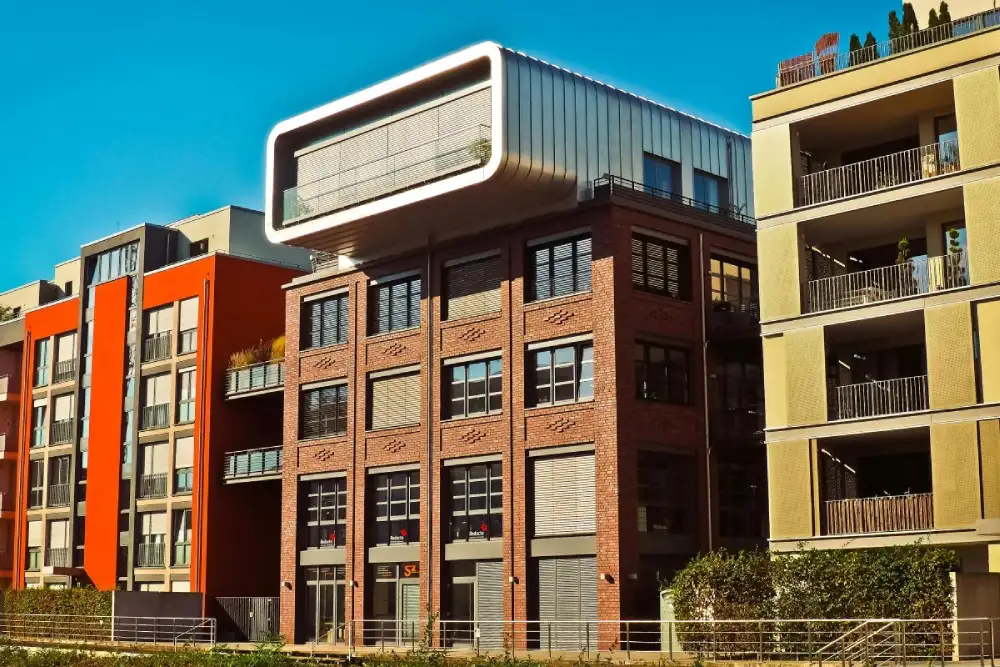
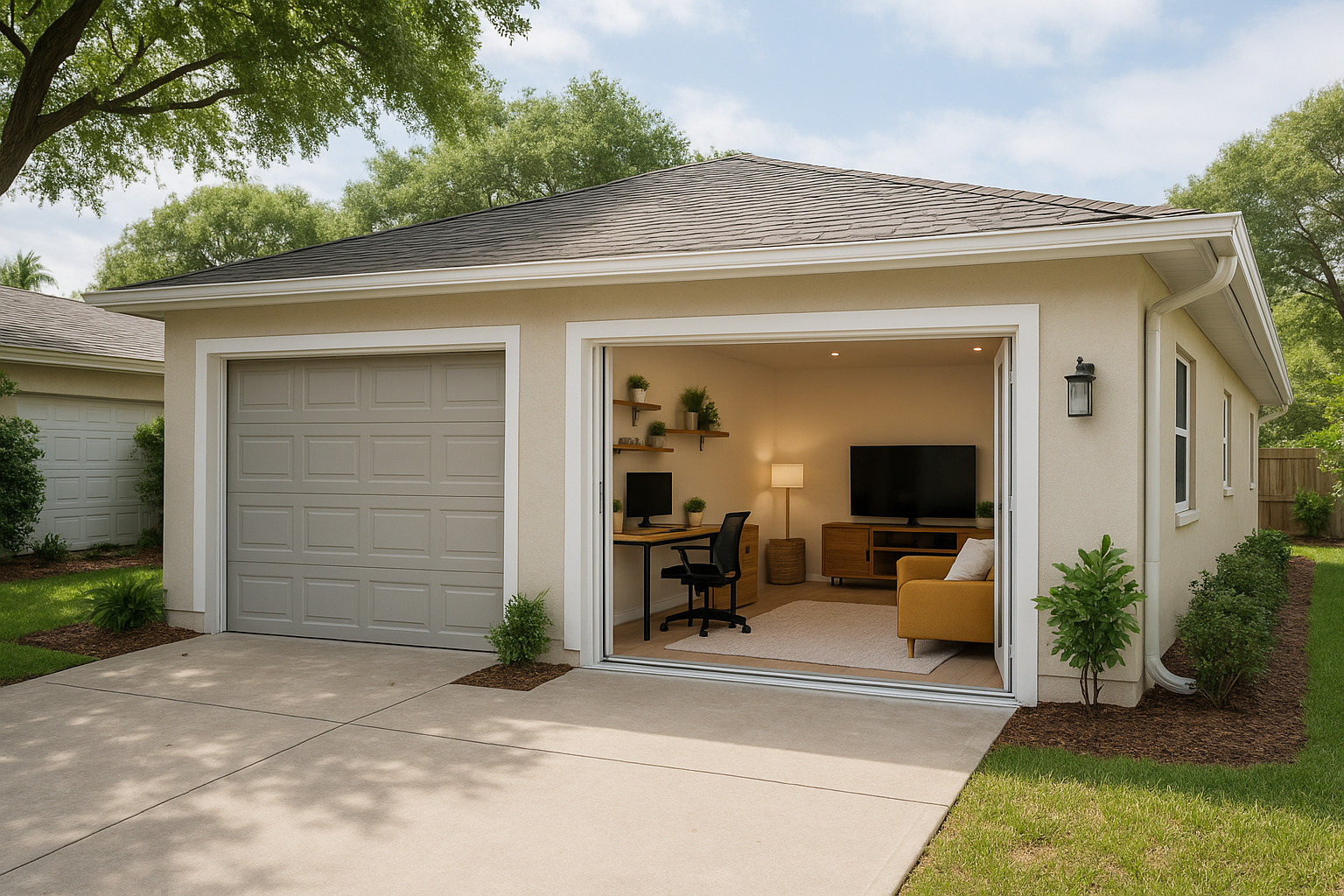
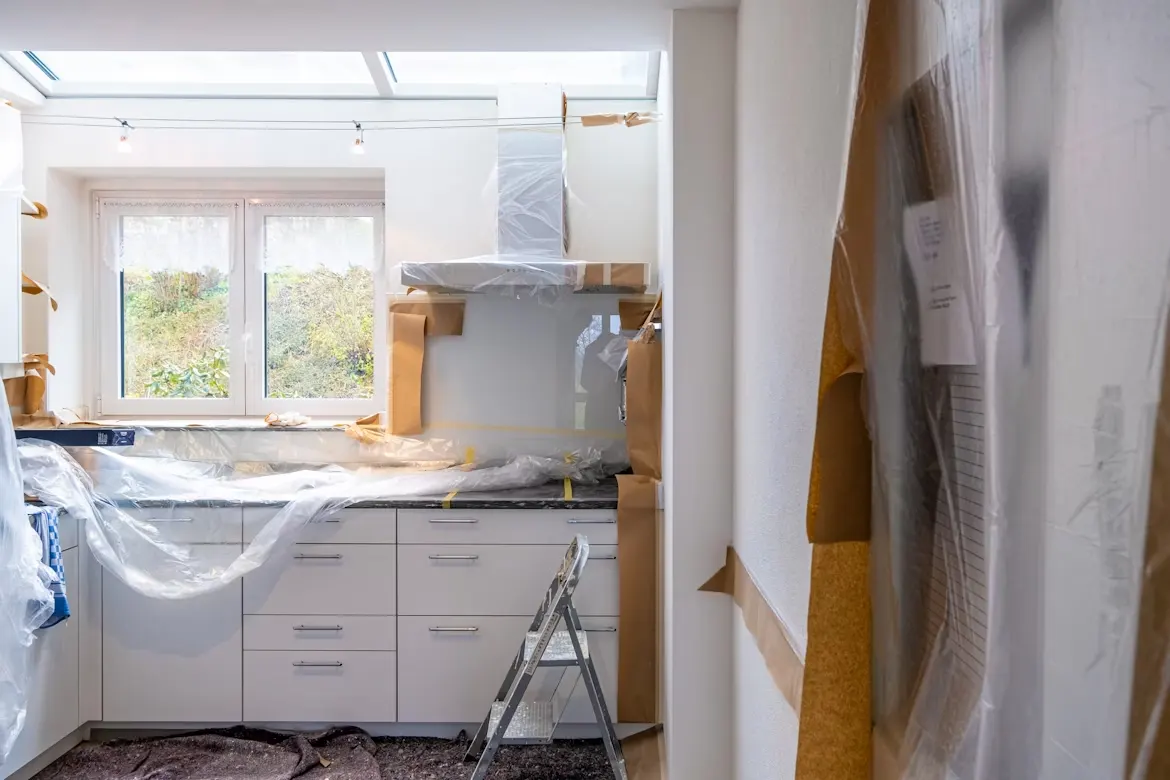
.png)
